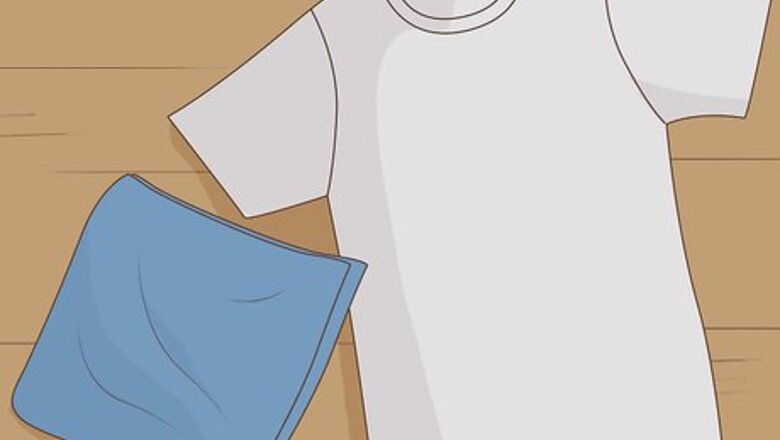
views
Using Heat
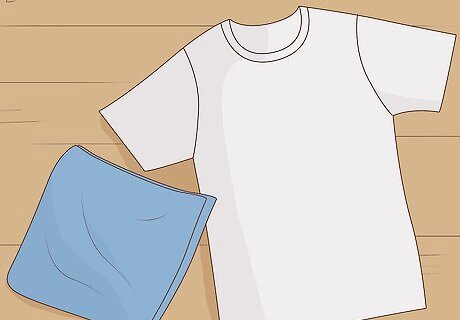
Grab a thin piece of cloth. An old t-shirt is perfect for this, but you can use a thin towel or whatever you have access to. Use a cloth that you don't mind ruining. Stick to fabrics like cotton and terry cloth. Avoid polyester, silk, and spandex. You may want to put on a pair of latex gloves before you get started, too. The glue is really sticky, and it's best to avoid getting it on your skin.
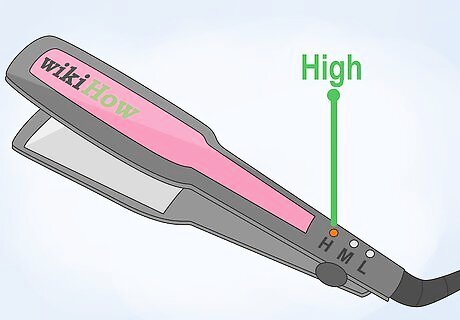
Turn on your hair straightener at the highest temperature. A flat iron hair straightener is the best way to approach this, but you could use a regular iron in a pinch. The heat is what's important! Give your flat iron or other heating element a few minutes to heat up.
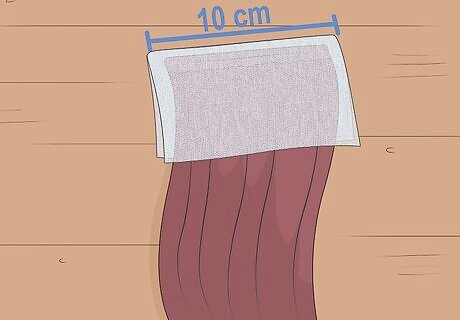
Place the piece of cloth over the glued part of the hair weft. Work in small sections that are a few inches (7 to 10 cm) in length. Put the thin cloth right over the section of glue. Make sure it covers the back of the weft, too. You're essentially sandwiching the glued part in between the cloth.
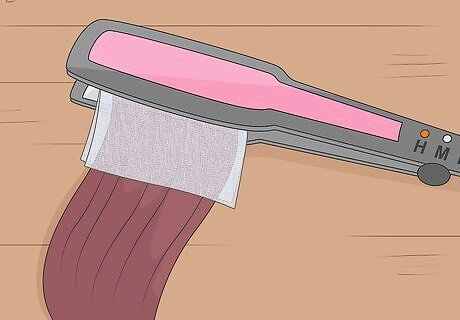
Enclose the wrapped weft in the hair straightener. Keep the straightener firmly closed over the glued section you're working on. The heat will slowly dissolve the glue on the tracks, leaving it on the piece of cloth. As it heats up, the glue will become visible through the cloth. That means it's working!
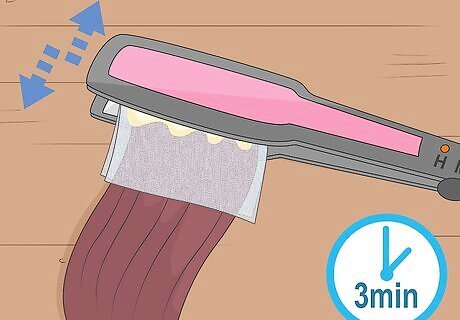
Keep the hair straightener on the weft for 1 to 3 minutes. You can clamp down on the section multiple times and rub it against the iron to help coax it along. Depending on how much glue you're trying to remove, 1 to 3 minutes ought to do the trick.

Use the thin cloth to wipe away excess glue. Put the hair straightener aside and pull away the cloth. Much of the glue will already be stuck to it. Gently rub the heated part of the weft with the cloth to remove any remaining glue. Once a section of the cloth gets covered in glue, switch to a fresh area. If gentle rubbing isn't getting rid of the glue, sandwich the weft in the cloth again and apply more heat.
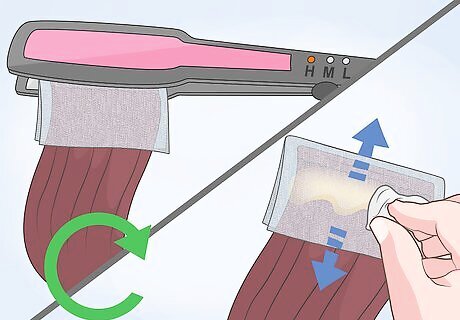
Repeat the process on the remaining sections of the weft. Work in small sections that are a couple of inches long. Continue heating and rubbing along the track until you reach the end of the weft. Keep switching to a clean area of the cloth once the section you're using gets covered in glue.
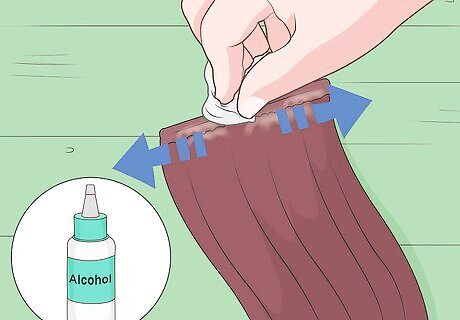
Rub the weft with alcohol to remove any last traces of glue (optional). You don't have to do this, but you can if you want to be really thorough. Simply soak a cotton ball or rag in rubbing alcohol, then run it along the weft's track from end to end.
Using Acetone
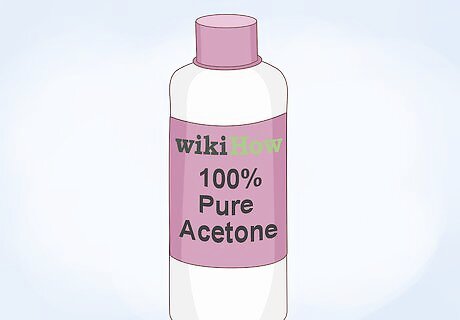
Use 100% pure acetone. Most people grab a bottle of nail polish remover for this job, since it's acetone based. For best results, check the label and make sure it's 100% pure acetone. Some nail polish removers have additives that can make the glue harder to remove.

Work over a sink and consider wearing latex gloves. You'll be using quite a bit of acetone for this, so definitely work over a sink. That way, the acetone will just go right down the drain. If you have sensitive skin, don a pair of latex gloves before you start. Grab an old towel to absorb any spills or splashes.
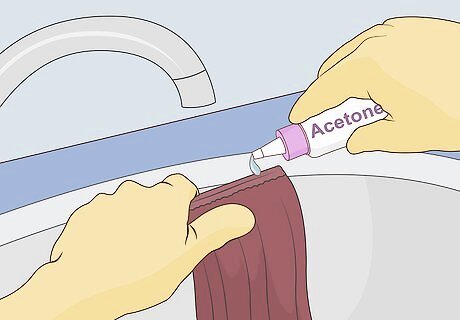
Pour the acetone over the wefted part of the track. Hold the weft in your hand and carefully pour acetone over the glue. Aim only for the track and try to avoid getting the acetone anywhere else on the extensions. The acetone can cause tangling and dryness if it comes in contact with the hair. You can work in sections if it's easier for you. You can also pour the acetone along the entire track and work that way.
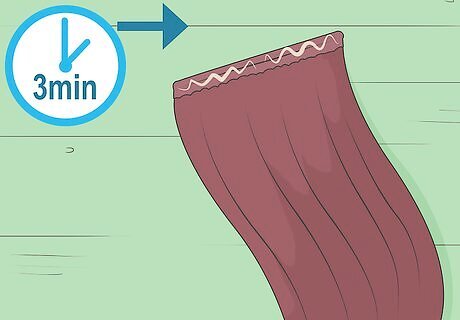
Wait for 1 to 3 minutes. Give the acetone a minute or so to break the glue's bond. You'll see the glue beginning to harden. Once it does, you can move on to removing it from the weft.
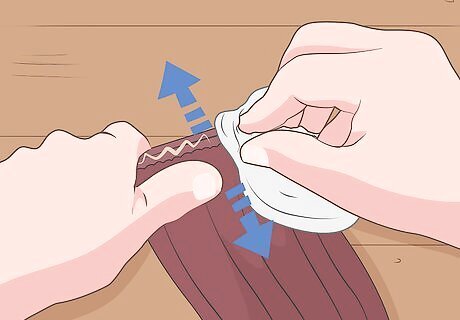
Wipe gently with an old towel or t-shirt. Run the cloth along the track and rub gently to soak up excess acetone. Brush at the glue and it will begin to fall away from the track.
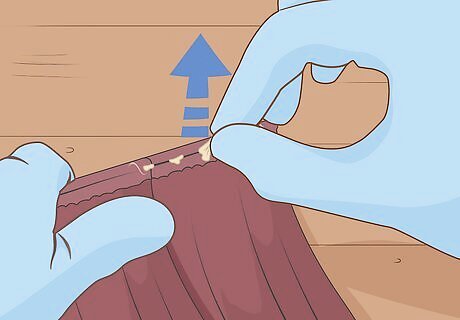
Use your fingers to pull out any remaining glue. The hardened glue makes it easy to remove any lingering pieces. Simply use your fingers to pull them away from the weft.
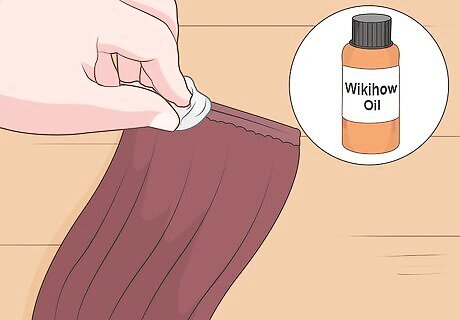
Condition the extensions to replace moisture. Acetone is very drying. To keep your wefts in good shape for reuse, deep condition your extensions or apply an oil to replace any moisture lost in the process. You can also choose to deep condition the extensions right before you use the acetone, which will help protect the hair.
Using Other Techniques
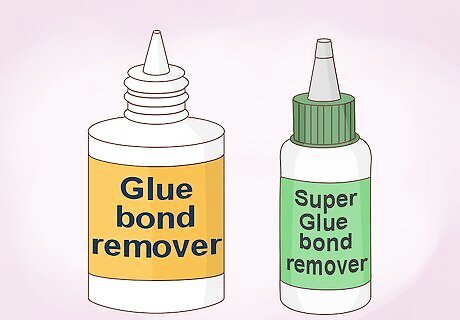
Use a glue bond removal product. Beauty supply stores sell products made specifically for the purpose of removing hair glue from wefts. Check out the selection at your local beauty supply store and experiment with some of them. Some people find these products to be costly in comparison to using heat or acetone to remove glue, but they are effective.
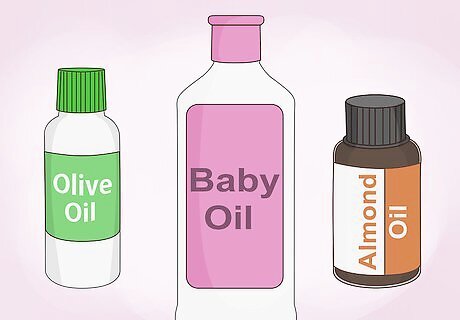
Apply almond, olive, or baby oil to the weft. Oil loosens glue bonds, making it an efficient and cost-effective choice. Apply the oil to the glue on the tracks. Let it soak for about 15 minutes. Then, use an old towel to wipe the glue away from the track. Repeat as needed. You can use this technique to remove glue that accidentally got into the hair, too. Experiment with almond, olive, or baby oil first. Coconut oil and grapeseed oil may also work well.
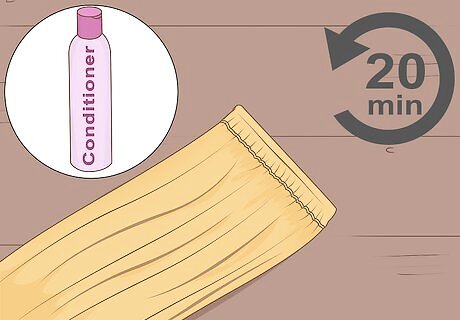
Try using hair conditioner to loosen the glue. Get your hair wet, then apply a generous amount of conditioner to your hair, working it under the glued tracks. Wrap your hair up in a towel and let it sit for about 20 minutes. Rinse as usual, then use a comb to loosen the glue bond. Repeat as needed.
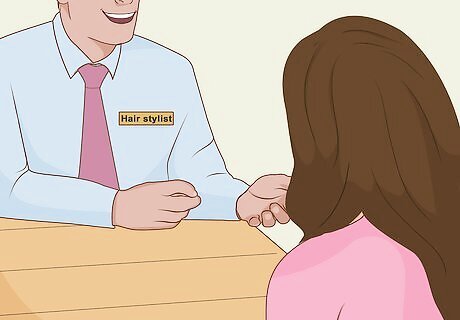
Consult a salon stylist. When in doubt, make an appointment with a hair stylist that has experience with extensions. They can help you remove the extensions and show you what techniques they rely on to remove glue from weft tracks. Ask the stylist to recommend a few products and techniques for you to try at home on your own.



















Comments
0 comment